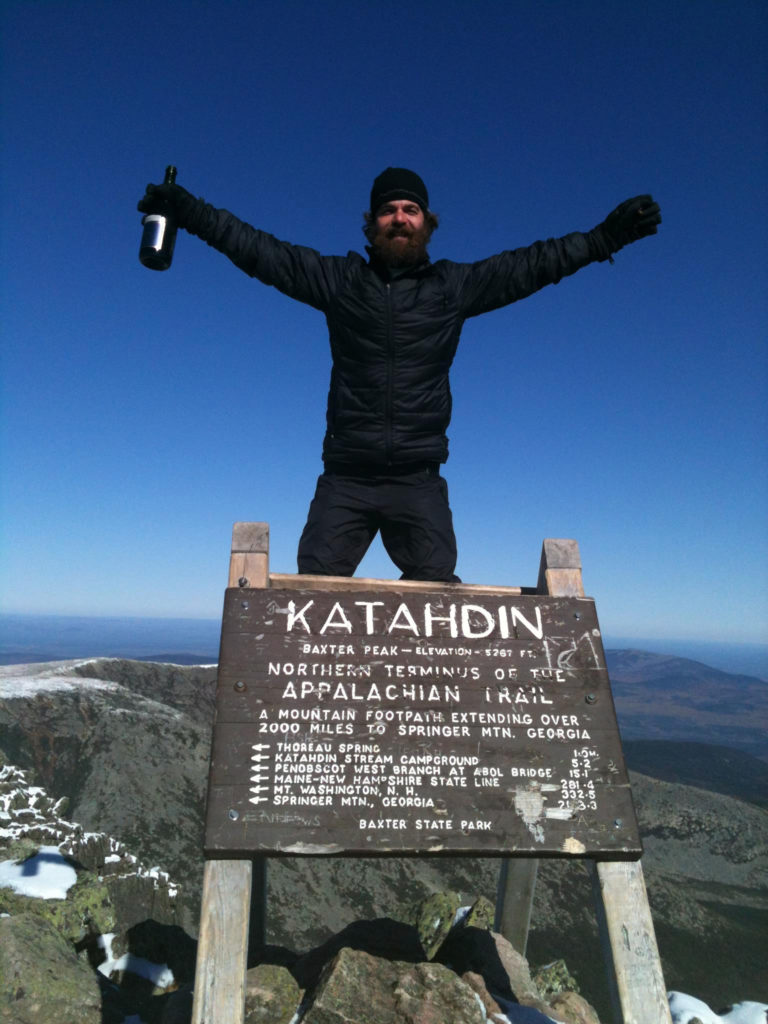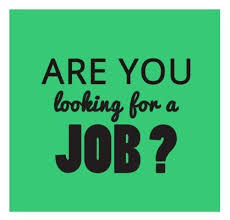Celebrating 4 Years of Boulder Living
We closed on our house on June 2nd, 2015 and I left UTIMCO back in September of 2015, but we didn’t really arrive in Boulder until July 16th, 2016. This weekend marked 4 years of Boulder for our family. We’re happy to be here, just like in the picture above from day one.
In truth, it really wasn’t an easy transition. Boulder is actually better described as a base camp in most years. The Fall and Spring shoulder seasons are normally the best time to meet and greet with your Boulder friends. That’s really the only time that many families are based in Boulder as you see a lot of people take off for their second homes in the Summer (hiking and camping) and Winter (skiing!). Many people spend half the year in other locales and we’re no exception to that rule. We were spending time in the mountains most weekends and traveling across the summer. This leaves you little time to cement friendships and become accustomed to the community. Unfortunately, my work and personal travel tend to be really busy in the Fall and Spring, leaving me on the road most weeks. I began to recognize that I needed to make more of a commitment to Boulder if I wanted to put down roots and make it feel like my new “home”.
One of our neighbors told me early on that it takes at least 3 years. His wisdom became a mantra for me as I’ve waited for Boulder to feel like “home”. For me, it took four years and a global pandemic but this weekend really made me realize that Boulder is now home for all of us. We socialized with friends, hiked a few favorite paths, and had quality down-time together. It wasn’t anything special, and I think that’s the point.
The first year was a challenge of learning everything new. We had been long-time visitors to Boulder but it’s very different to decide to live in a new town, new climate, and a new job. I barely lived here while traveling to put together a new portfolio and adjusting to a new role. The girls were great and their connection to the school was our best asset. They jumped right into kindergarten and first grade, making friends and performing in school. Melissa and I took longer to land as we were both really busy adjusting to a new life. The amount of new gear and learning related to the snow alone was really something! I think we were still in the honeymoon phase with living in Colorado, doing our best to explore the ski resorts, gawking at the Fall colors on Mapleton, and laughing at the hot weather in Texas…
The second-year felt like the first for us. We had been so busy between work, school and life that we didn’t begin to try and feel settled until at least 12 months had passed. However, through school and our neighborhood, we began to make acquaintances and some of those have turned into friends. We began to know our way around without having to check a map and have a few favorite restaurants and favorite hikes. It was good but the new shine was off. It felt like we had now seen that we had some work to do if we were going to put down roots. As year 2 ended, we had a pretty solid case of the “Austin” Home Sick Blues. Neither one of us was talking about it to the other but I think it’s fair to say that we individually would have voted to head back “home”.
Melissa was first among the two of us to make the turn in year 3. She began to find a group of her own friends through skiing and school activities. The kids were continuing to thrive and our house was becoming a hub of activity as lots of neighborhood kids came through to play. I was still absent too much but she began to make friends with other parents and to involve us in the community. It was great to see her establishing a real set of roots here. She is a hero for leaving Austin with me, ripping out 40-year roots and transplanting with me here. I couldn’t be any luckier to have her as my partner.
For me, it took a global pandemic and no travel for this to feel like home. It really wasn’t until this crazy Spring that I’ve felt settled here. It’s the longest I’ve gone without travel in ~ 20 years and that, combined with the fact that everybody else is locked-down here too, has led me to finally be present. We’ve cemented would-be friendships and made new ones. We know what to do and who to call for almost any situation. We even find ourselves as a guide to some friends that have just arrived and others that have returned recently. It’s nice to be able to be a resource for them. We were thinking of going somewhere else this Fall and that would have been great but I’m also pretty damn happy to say that it looks like we’re just going to stay “HOME”. Thanks, Boulder. Glad to finally be here.




